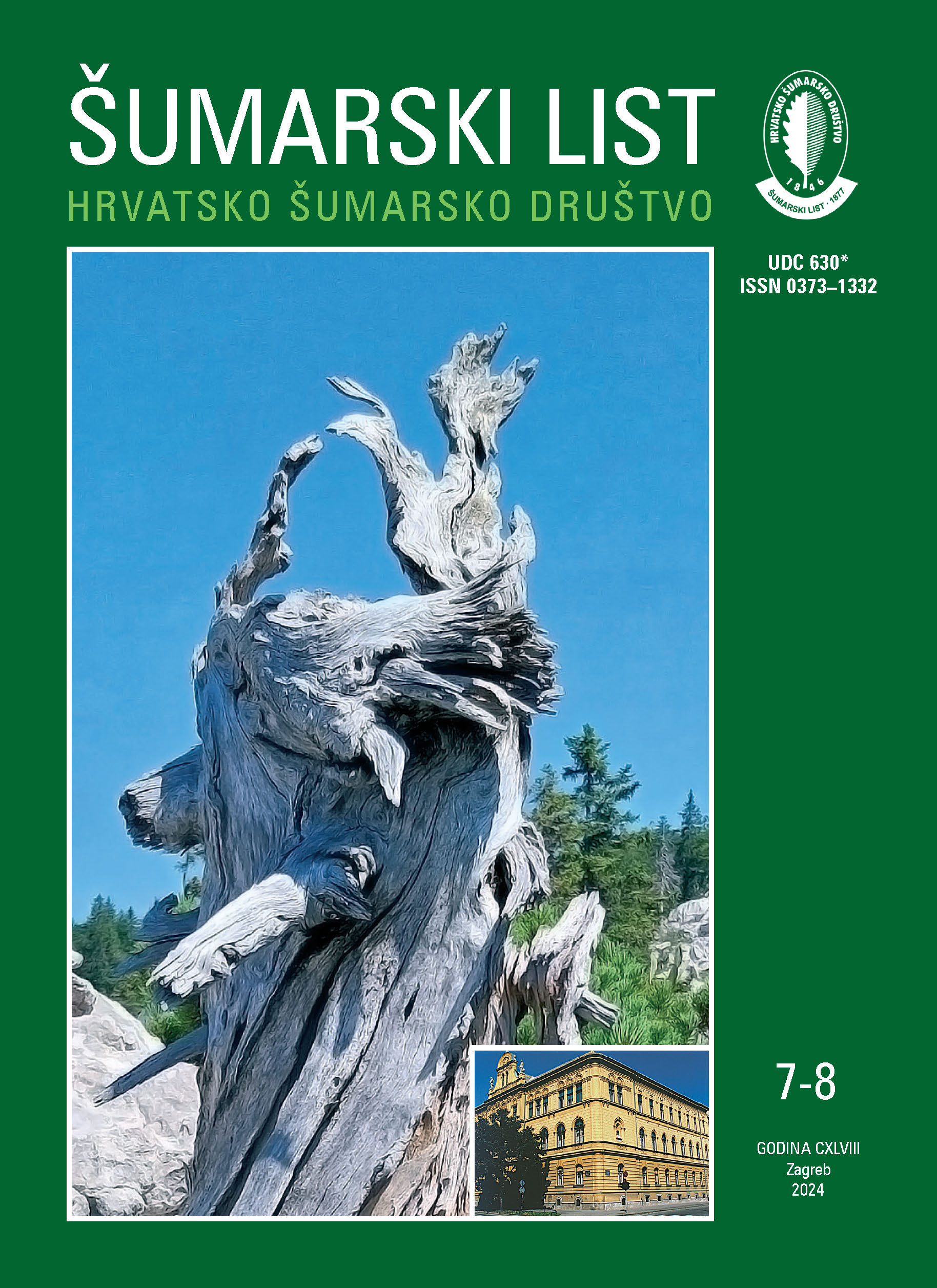Cinereous vulture (Aegypius monachus) become extinct in the forests of Turkey in the future?
Keywords:
Aegypius monachusAbstract
Changing climate conditions and different climate scenarios on a global scale are associated with the shrinkage, fragmentation and even extinction of habitats of important bird species. Based on this, it is aimed to reveal habitat suitability modelling and mapping of the cinereous vulture (Aegypius monachus), which has the largest body among the four different Vulture species in the world, under climate change in Turkey. MaxEnt method was preferred to reveal the current habitat suitability model of the cinereous vulture, which is an indicator of old and high-quality Black pine forests in terms of biological diversity in Turkey. It was determined that the variables contributing to the current habitat suitability model of the cinereous vulture were bedrock, isothermality, landform classification and seasonal precipitation. Chelsa climate scenarios (SSP126-SSP370-SSP585) for the year 2100 were used to reveal the effects of changing climate conditions on the cinereous vulture. Mapping results according to different scenarios were classified as 0.5 unsuitable, 0.51-0.8 suitable and 0.81-1.0 the most suitable habitat. According to the mapping results revealed according to different year and scenarios; cinereous vulture has suitable habitat a minimum of 16.13% of the study area in current, 13.95% in 2100 year in the climate scenario SPP126, 10.11% in the scenario climate SPP370 and 7.36% in the climate scenario SPP585. As a result, when the 2100 SSP585 climate scenario mapping was compared to current habitat suitability mapping, it was determined that habitat suitability for the cinereous vulture decreased by approximately 55%. Therefore, these results will be a source of information to prevent the extinction of the black vulture, to protect its current and potential distributions in advance, and to reduce the impact of changing climate conditions.
Downloads
Published
Issue
Section
License
Copyright (c) 2024 Ahmet Acarer

This work is licensed under a Creative Commons Attribution-NonCommercial 4.0 International License.


